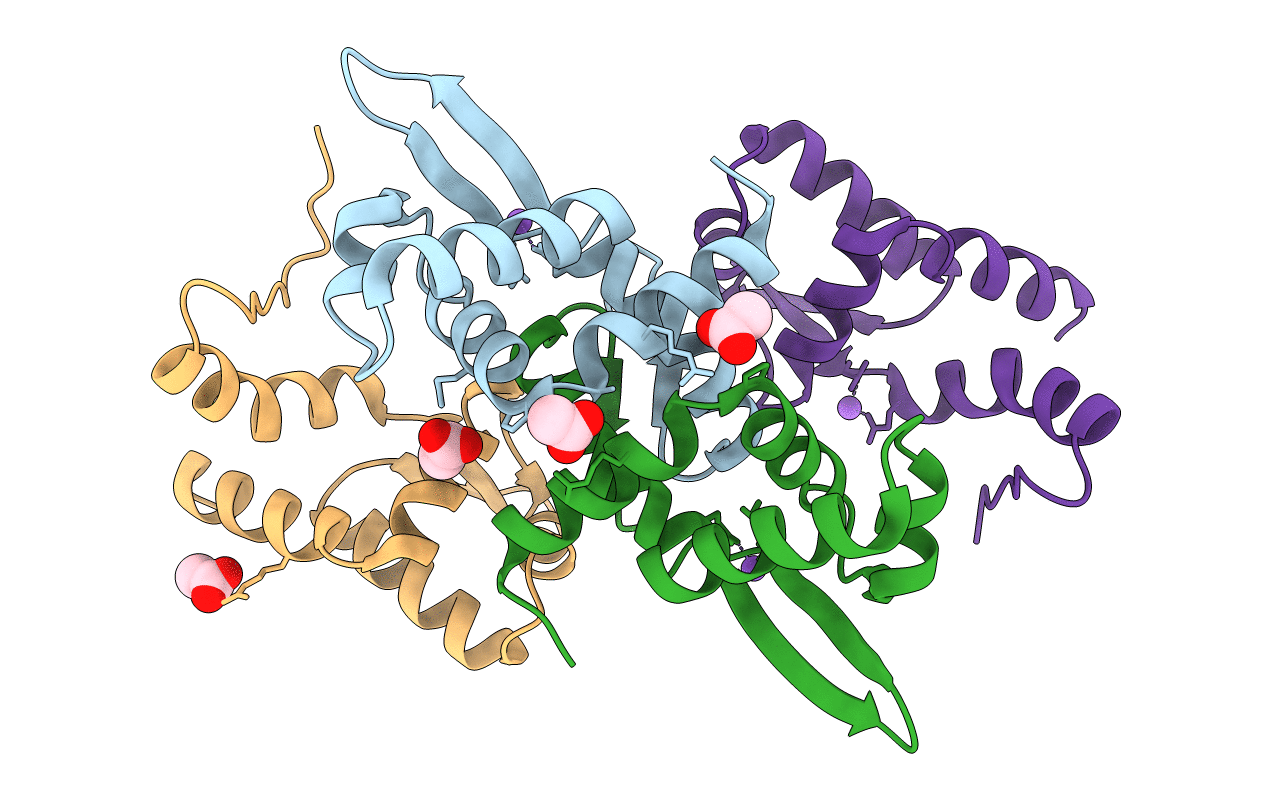
Deposition Date
2021-07-16
Release Date
2022-05-25
Last Version Date
2024-01-31
Entry Detail
PDB ID:
7P6F
Keywords:
Title:
1.93 A resolution X-ray crystal structure of the transcriptional regulator SrnR from Streptomyces griseus
Biological Source:
Source Organism:
Streptomyces griseus (Taxon ID: 1911)
Host Organism:
Method Details:
Experimental Method:
Resolution:
1.93 Å
R-Value Free:
0.21
R-Value Work:
0.17
Space Group:
P 62 2 2


